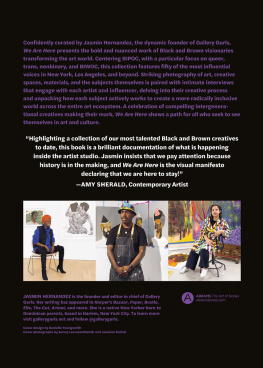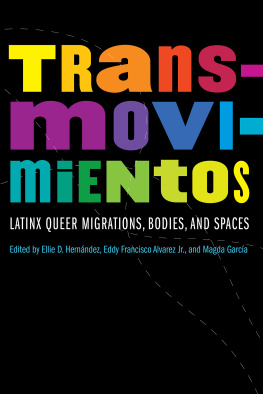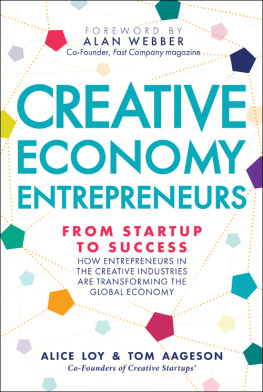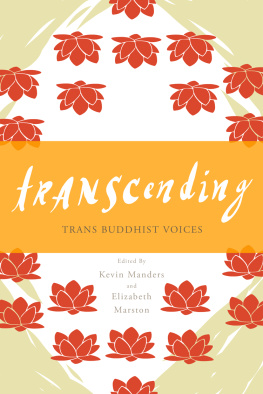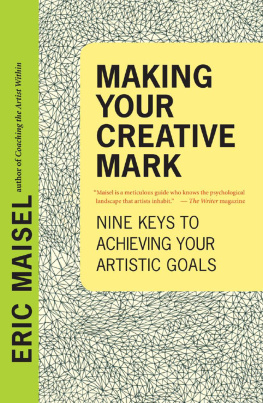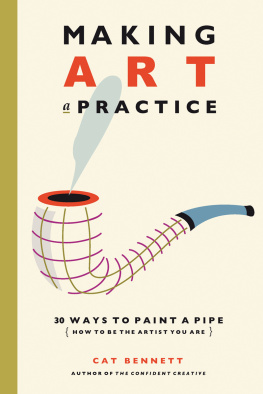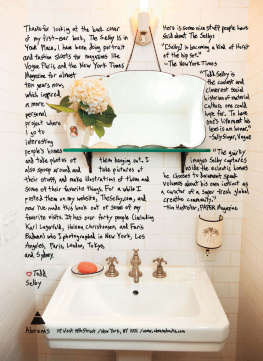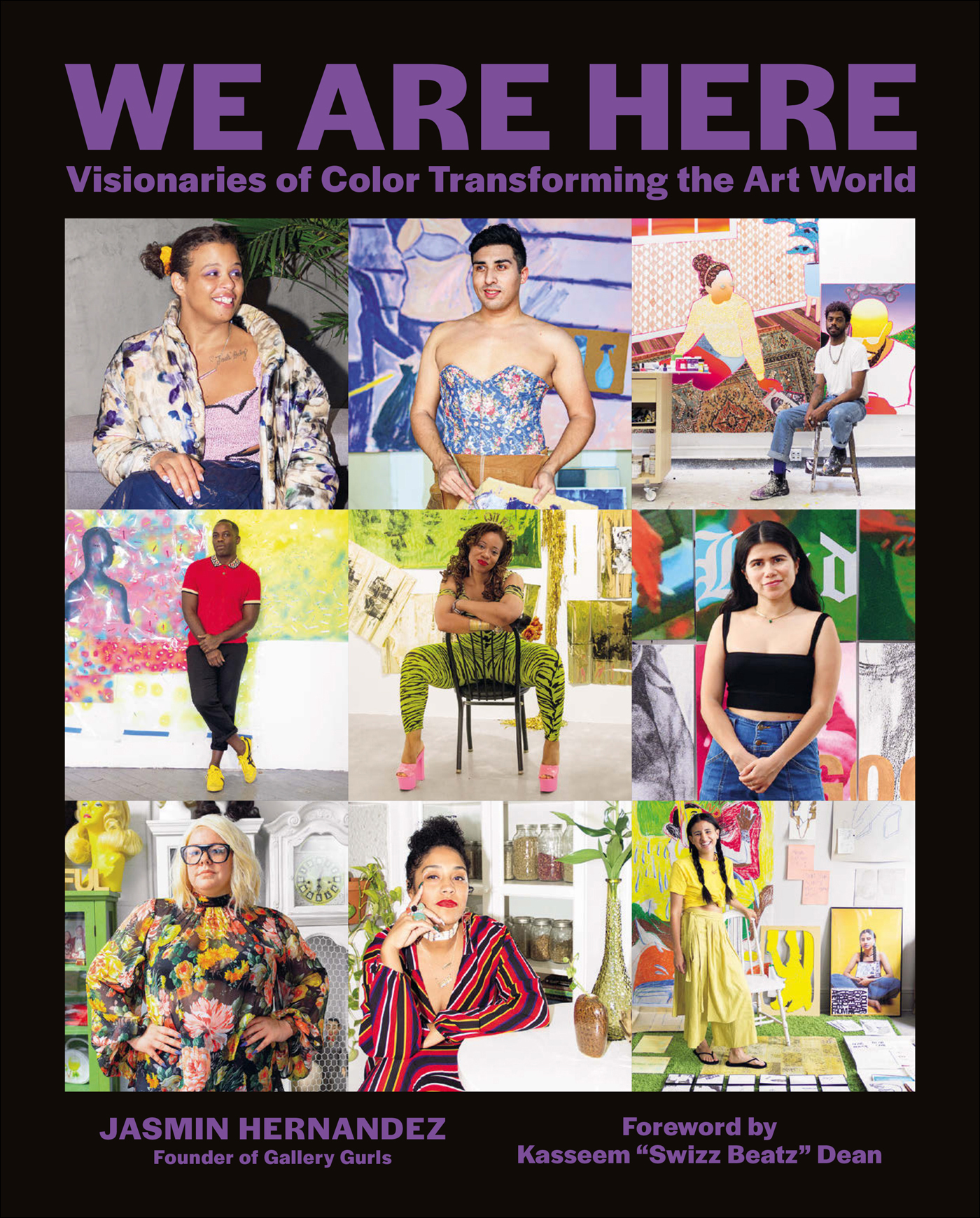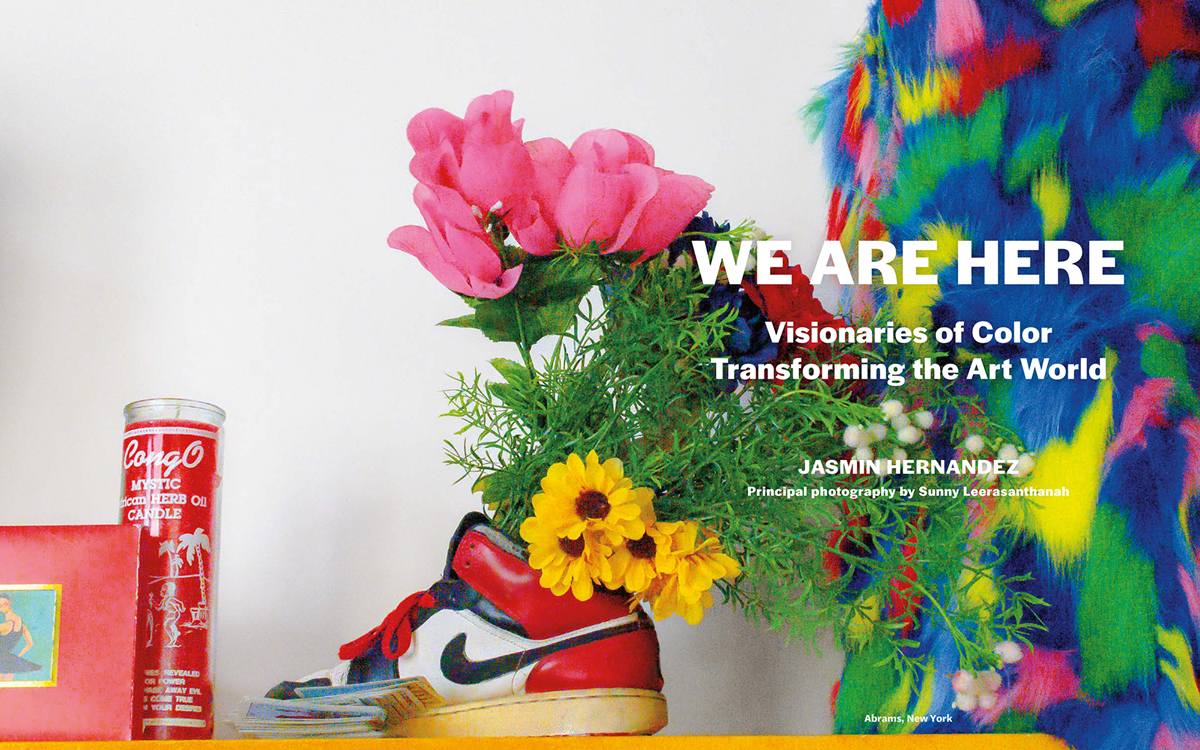My genuine passion for art and collecting were activated by immersing myself in the community itself. From the time that I had begun connecting personally with artists and creative professionals in the field, I realized how powerful the experience of artfrom behind-the-scenes to opening daytruly is. It is a gift to not only be able to collect the work that inspires me, but to also build an extended family from the creators of the work and the people responsible for bringing it to light.
As I continue my own journey in disrupting and continuing to build platforms that support artists and creatives, my hope is that the next generation will feel empowered to be even bolder in seeing the possibilities demonstrated by these visionaries of our time.

Jasmin Hernandez photographed at A/D/O by MINI.
INTRODUCTION
by Jasmin Hernandez
Im the founder and editor-in-chief of the well-loved indie art website Gallery Gurls, which celebrates womxn, BIPOC, and QTPOC, yet I have zero professional experience in the art world. Ive never worked for a top gallery or an important museum, and I dont have a fancy graduate degree in art history or visual arts criticism. Im a former fashion show producer and photo editor with an insatiable appetite for contemporary art and a voice that is unorthodox, frank, and intentionally not rooted in academia. My mission with Gallery Gurls, since founding it in 2012, was straightforward. As a Black woman, I want to solely cover womxn, BIPOC, and QTPOC in the art world in the most accessible way possible, with curiosity and Wi-Fi being all that is required.
My attraction to fashion and art is organic and pure, and started very early. Growing up as a poor, first-generation Afro-Dominican, artsy girl in Queens, it was just the three of usmy Dominican single mom, my younger brother, and myself. My mom cherished literacy, so the only abundance in our household came in the form of books. There were wall-to-wall shelves filled with trashy novels, historical fiction, artist monographs, and photography books, and I read them all incessantly. When I was twelve, my world was forever changed when my mom gifted me a subscription to Sassy magazine, a budding feminists dream. Im an eighties baby and nineties teen, so my universe was shaped by the hours spent locked in my room plastered with Spice Girls posters, poring over issues of Vibe, The Source, Elle, and Vogue, and devouring MTV, VH1, BET, and E! twenty-four seven.
I visited a museum for the first time in 1997 at age seventeen to see a Gianni Versace exhibition at the Metropolitan Museum of Art. Versace, who was tragically killed that year, was my favorite fashion icon and this was my chance to see his dazzling designs up close. My high school fashion teachera Colombian Nina Garca doppelgngerencouraged me to see art in Manhattan and keep a journal that detailed how I felt about it. In many ways, this was a precursor to my blogging and writing that would happen a little over a decade later. So I kept observing, consuming, discovering, and interacting with art, and eventually I got it into my head I would pursue a creative career and apply to art school.
During my four years at Parsons School of Design, studying fashion and marketing among mostly rich white kids, my art education primarily focused on dead white menMonet, Manet, Seurat, Picasso, Man Ray, de Chirico, Ernst, and Warhol. One rare exception was a surrealist women artists class I took my junior year, where I was introduced to Claude Cahun, Leonor Fini, Lee Miller, and Meret Oppenheim, and where I first fell in love with Frida Kahlo. While the class was unforgettable, it failed to include any Black womxn. I soaked all this up while habitually visiting all the major New York museumsthe Met, Guggenheim, Whitney, MoMA, and the New Museumespecially once I discovered suggested admission and weekly free nights. I yearned for Blackness in art and fashion, but I wasnt learning much about famous BIPOC artists or fashion designers in class or finding them on museum walls. It was magazines like Trace (where I was an intern), Honey, and Suede (which would come years later) that fed me that Black invigorating creativity I desperately craved.
As a twentysomething in the 2000s, it was exhibits like Kara Walkers 2007 solo show at the Whitney that gripped me. Im pretty sure that was the first time I ever saw a solo exhibit by a Black female artist. Seeing a Basquiat retrospective in 2005 at the Brooklyn Museum had that same visceral effect, too. By 2009, Kehinde Wiley was already a king, an artist whose work shook me to my core, so going to see his Black Light exhibit at Deitch Projects was an unmissable event. Over the years, my attachment to art grew deeper and deeper, and no one was going to make me feel like an Afro-Latinx girl from a low-income working-class background didnt belong in culturally privileged spaces. Even during all those years when you could count on one hand how few BIPOC were present at packed art openings in Chelsea. I simply wouldnt allow it.
By 2012, it was time to write about art. I had seen enough, lived enough, traveled enough, and had formed an aesthetic. Id gazed at Klimts at the Belvedere in Vienna, mentally wrestled with Francis Bacons dark canvases at El Prado in Madrid, and swooned over Dawoud Beys images of Harlem at the Studio Museum in Harlem. Most of all, I loved vibrant, figurative work by Black and Brown artiststhats what resonated with me. Thats what Gallery Gurls was going to be about. I abandoned my personal blog that I started in my late twenties in 2010, my tiny little corner of the Internet dedicated to musings on contemporary art, fashion, and pop culture. Instagram was crucial at this point; it became a major research tool for finding new artists both globally and locally in New York City. So I roamed Instagram, at first seeing artists work on a tiny screen and then seeking it out IRL at a gallery, museum, or in their studio. Whatever their work made me feel in my gut, I spit out onto a published post. My words were raw and pure; I didnt overthink it. But the art world wasnt just being shaped by artists, it was also being shaped by independent curators, cultural producers, and art entrepreneurs who were young and BIPOC just like me. It was essential to capture them, too.

